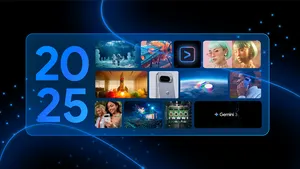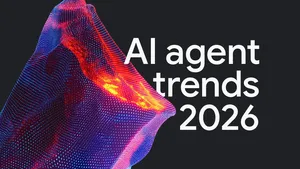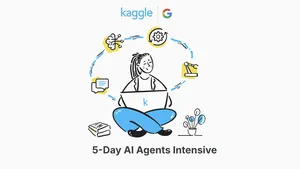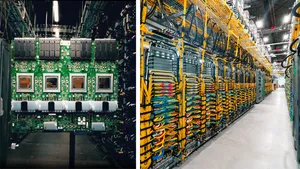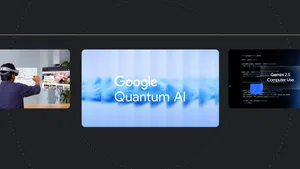AI from Google Cloud steps up to the plate at the MLB All-Star Game
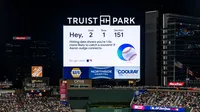
Baseball fans have always been obsessed with stats, whether that’s filling out box scores in the stands, comparing trade prospects online or debating the greatest left-handed curveball pitchers of the 1960s at the bar.
At this year’s MLB All-Star Game in Atlanta, fans will see stats in a whole new way.
Google Cloud has teamed up with the Statcast unit of Major League Baseball to build a gen-AI-powered tool that estimates where potential home runs might land in the stands during the MLB All-Star Game. Using data like a player's at-bat history and other real-world factors, this agentic AI system will give fans attending the game some hint of whether they might snag a lucky homer.
In the days leading up to the game, we used the same stats-fueled engine to power mobile billboards that have been driving around the city, teasing location-specific messages to passersby. For example, a driver might be stuck in traffic in Buckhead and see: “A ball off Ronald Acuña Jr.’s bat travels 121 MPH. That’s more than 5x our average speed around Atlanta.”
It’s a creative double play — and given the sheer breadth of statistics across the league and speed of execution during the event, we only could have pulled this off with the help of AI.
Calling the shots with AI
Baseball statistics tend to be anchored in the past, so for our activation, we wanted to see if we could make them as real and tangible and up-to-the-pitch as possible.
During the game, the home run modeler will assess the next players coming up to bat. The foundation for the model is historical data from the entire All-Star Game roster.
Our AI model not only contains conventional stats, like batting average and home run percentages, but also data on the direction of hits from stadiums across history, so we can estimate the most likely trajectory for each batter, should they hit a home run. Weather data is also a consideration, such as wind direction and temperature.
Once a section has been determined, the stats are run back through our most powerful AI model, Gemini 2.5 Pro. This step quickly suggests a few dozen messages that could be displayed on the jumbotron, scoreboards and all the screens lining the concourse at Truist Park.
We ran a demo before the game, and among the suggested messages was one for LA Dodgers’ standout Shohei Ohtani. In this test run, the model determined a home run would most likely land around sections 152-154 if Ohtani hit one. Here are some of the test messages that came back:
If this was during the game, a team of human reviewers would select their favorite option, quickly making any tweaks to the language if necessary, whether for length, word choice or layout. This is an increasingly common practice in AI-powered work known as “human in the loop.”
Once approved, the message would have appeared across the park — delivering the fan in the selected seat a jolt of excitement if a home run could be headed their way.
Building a different kind of sports agent
This is just the latest example of how Google Cloud is using agentic AI. Other examples include asking the Gemini app to call a restaurant to make dinner reservations or some of Google Cloud’s banking customers building deep research agents for market analysis.
We brought the same process to our roving billboards during the weekend of MLB festivities leading up to the game. Here, we’ve been able to expand the message beyond just sluggers hitting homers to include pitching and other offensive and defensive stats. There was also the added complexity of incorporating location and traffic data into the model in addition to the weather.
With orchestration handled by our Vertex AI platform, we were still able to come up with messaging in a matter of seconds, such as these:

Watching these messages roll through town, we get a real sense of just what a team player AI can be. The idea was ours, but given all the factors — combing through reams of player data, combining it with up-to-the-minute batting orders or traffic conditions and then coming up with a range of messages we could quickly display — it took the help of AI to get it into play.
